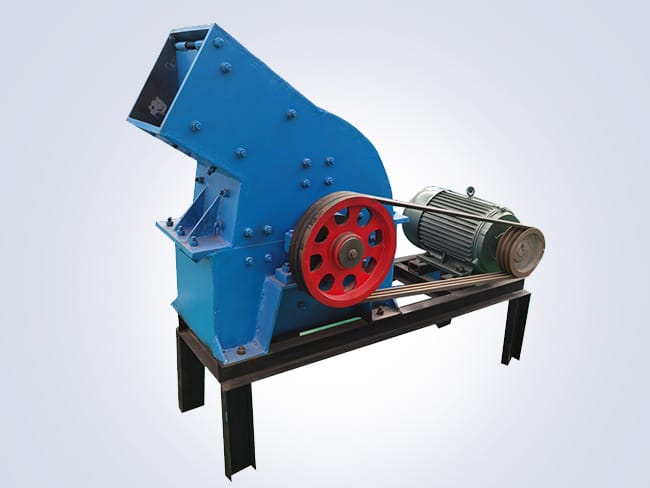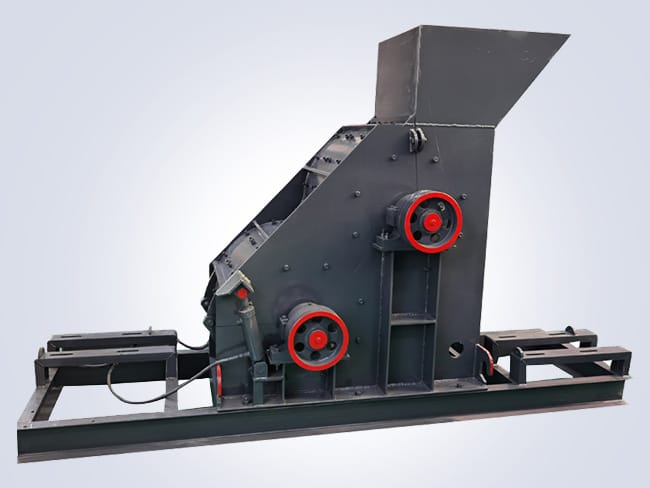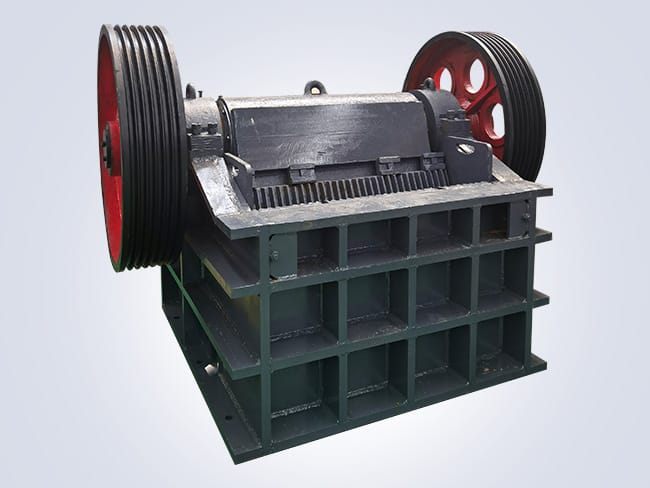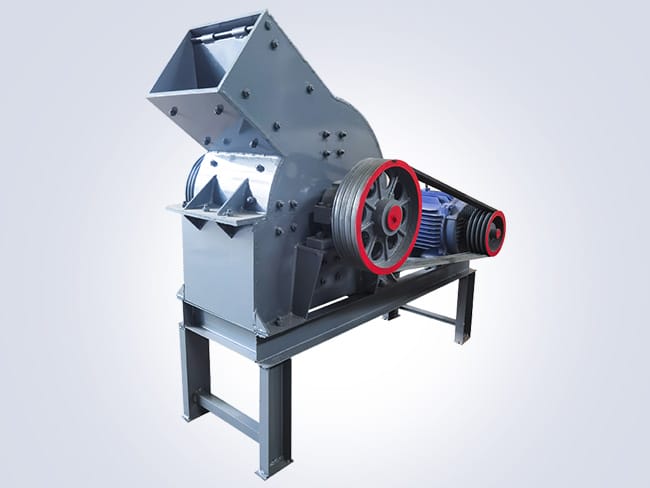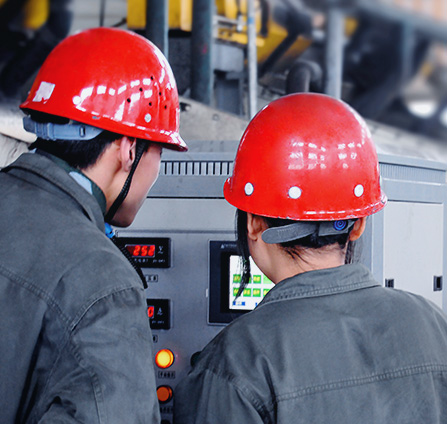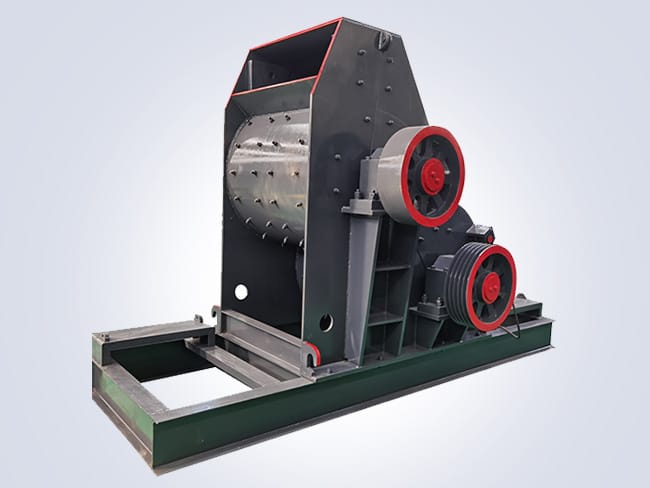
The two-stage crusher is an efficient crushing equipment commonly used for crushing materials with high hardness, such as ores, limestone, and coal mines. Its crushing process is divided into two stages: primary crushing and fine crushing, achieving efficient material crushing. Here is an introduction to the advantages and application scenarios of the two-stage crusher.
Advantages of a two-stage crusher
Its advantages are high efficiency and controllable granularity. Through its two-stage crushing design, the crusher can produce relatively uniform particles, reducing issues of excessive fineness or coarseness. The primary crushing stage breaks the material into larger particles, followed by fine crushing, which controls the particle size within the desired range, thus enhancing product quality.
Furthermore, it is adaptable to materials with different hardness and particle sizes. By adjusting the crushing devices and parameters at different stages. It can meet the crushing requirements of various materials with different hardness. It can be applied to crush various types of materials, including ores, coal mines, and construction waste, catering to different engineering projects.
Application Scenarios
It is widely used in industries such as metallurgy, mining, and construction. For instance, in the metallurgical industry, it can finely crush ores for precise ore beneficiation. In the mining industry, it is utilized for efficient coal mining operations. In the construction sector, the two-stage crusher processes construction waste for resource recycling.
Nevertheless, attention should be paid to safety and maintenance while using it. It is crucial to select a two-stage crusher that meets engineering requirements and adhere to operation guidelines to ensure safe and stable operation.
In conclusion, it is an efficient and controllable crushing equipment. Through its two-stage crushing process, it can produce uniformly sized particles, catering to various hardness and particle size requirements. With the continuous development of engineering technology, it is believed that the equipment will have broader and more in-depth applications in industries such as mining, metallurgy, and construction.




